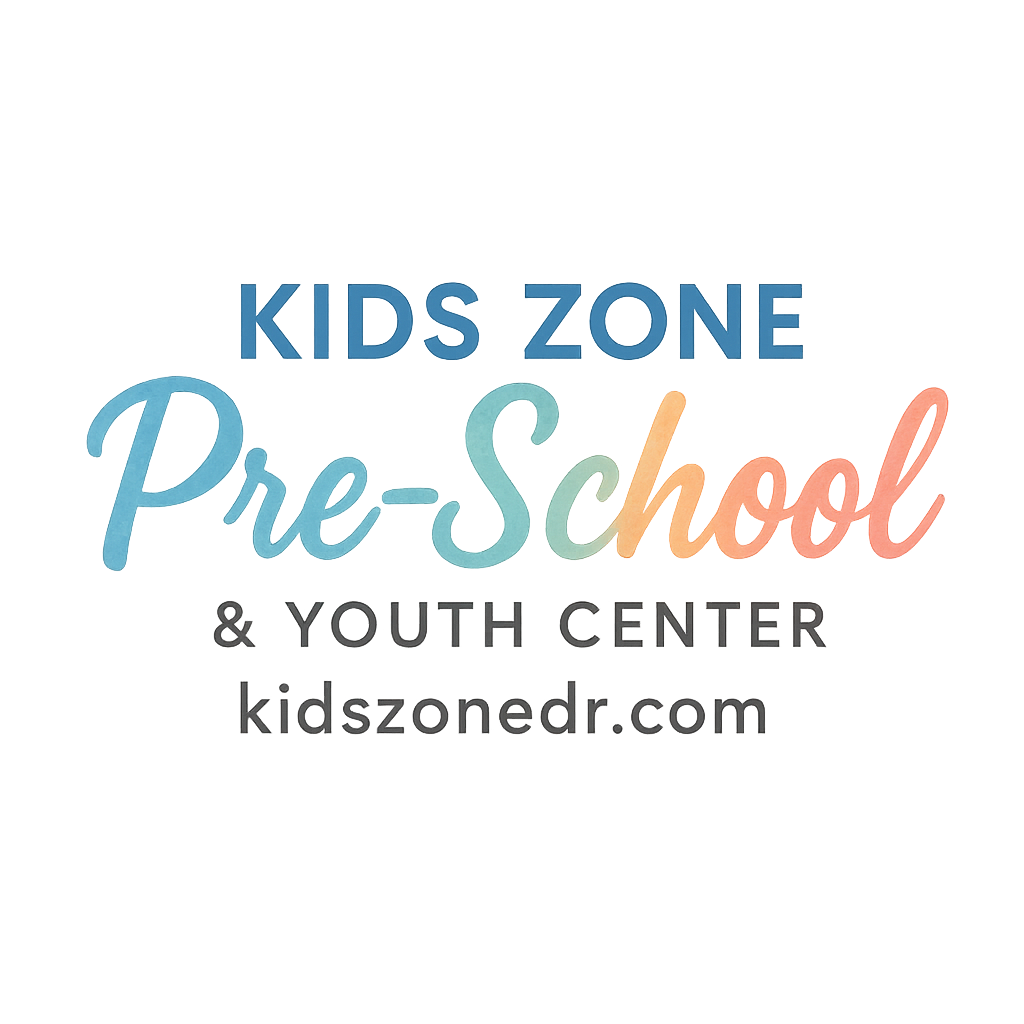Introduction: The Importance of Quiet Time in Preschool
In a preschool setting, there’s a lot of emphasis on activities that keep children engaged—whether it’s socializing with peers, learning new things, or playing. However, amidst all this excitement, quiet time plays a crucial role. This time of calm isn’t just for recharging; it’s also a valuable opportunity for children to develop emotional regulation, focus, and creativity.
But why is quiet time so important for preschoolers? Let’s explore six quiet time ideas that work wonders in a preschool setting.
What is Quiet Time in Preschool?
Definition and Purpose
Quiet time is a structured period where preschoolers engage in calm activities that allow them to rest, reflect, and relax. It’s not nap time, but rather a time to disconnect from active play and tune into more tranquil activities like reading, coloring, or deep breathing exercises.
Benefits for Young Learners
When incorporated into the daily routine, quiet time helps children:
- Recharge both physically and mentally.
- Develop emotional regulation skills.
- Enhance their concentration and focus.
- Encourage mindfulness and self-reflection.
For more tips on building daily routines for preschoolers, check out our guide on Daily Routines & Activities.
Why Quiet Time is Essential in Early Childhood Education
Helps with Emotional Regulation
During quiet time, children can calm their minds and manage overwhelming emotions. Learning how to self-soothe and remain calm in different situations is a key developmental milestone. It can also help children build confidence and resilience when dealing with emotions.
Encourages Self-Reflection and Mindfulness
Taking time to be still and reflect is a valuable skill for young learners. Incorporating mindfulness into quiet time helps children focus on their emotions, behaviors, and surroundings. It’s a practice that lays the foundation for emotional intelligence and helps reduce stress.
Supports Cognitive and Physical Development
By offering a break from high-energy activities, quiet time allows children to process what they’ve learned and recharge. It supports brain development and gives children time to absorb information in a more relaxed state.
6 Effective Quiet Time Ideas for Preschoolers
1. Storytime and Book Reading
How It Benefits Children
Storytime is a classic quiet time activity that allows children to unwind while stimulating their imagination. Listening to stories helps develop language skills, expands vocabulary, and fosters empathy as children connect with characters and situations in the story.
For more on the importance of storytelling in preschool, visit our article on Preschool Learning & Development.
How to Make Storytime Engaging
To keep children engaged during storytime, choose books with vivid illustrations and interactive elements. You can also ask questions about the story to encourage participation and improve their understanding of the narrative.
2. Guided Meditation or Breathing Exercises
Simple Techniques for Young Kids
Introducing preschoolers to guided meditation or simple breathing exercises can be incredibly beneficial. These activities teach children how to focus on their breath, helping them calm down and reduce anxiety. Start with short, simple breathing exercises, such as inhaling for four counts, holding for four counts, and exhaling for four counts.
The Long-Term Benefits of Mindfulness
Mindfulness teaches children valuable coping mechanisms that benefit their emotional regulation. For a deeper dive into the importance of mindfulness, explore our Parenting Tips for Emotional Development.
3. Quiet Art Activities
Types of Art Activities for Quiet Time
Art is another great way to engage preschoolers during quiet time. Activities like coloring, drawing, and simple crafts allow children to express themselves creatively and relax. Providing art materials like crayons, markers, and textured paper helps children focus on the activity at hand.
How Art Helps Children Relax and Focus
Art can serve as a therapeutic activity, providing a break from the overstimulation that often comes with the preschool environment. It helps preschoolers channel their energy into something productive while promoting fine motor skills and hand-eye coordination.
Check out our article on Choosing the Right Preschool to learn how art can be incorporated into early childhood education.

4. Listening to Calming Music or Nature Sounds
Curating the Perfect Playlist for Quiet Time
A well-curated playlist of calming music or nature sounds can work wonders for creating a peaceful environment. Sounds like rainfall, ocean waves, or soft instrumental music provide a soothing background that helps children relax and focus.
Impact on Children’s Emotions and Behavior
Research shows that calming music can have a significant impact on children’s emotions and behavior. It can help them regulate their feelings, reduce stress, and improve their overall well-being. For more on how to integrate wellness into your child’s routine, visit Wellness for Preschoolers.
5. Sensory Breaks with Soft Toys or Textures
Creating Sensory Stations in the Classroom
Some children benefit from sensory breaks during quiet time. These breaks can involve exploring different textures, playing with soft toys, or using sensory bins filled with materials like sand or rice. Sensory stations offer children a space to self-regulate and focus on something calming.
Benefits for Sensory Regulation
Sensory activities help children become more aware of their bodies and how they respond to different sensations. They also help children who might have sensory processing difficulties learn to manage their sensory needs. Learn more about sensory activities in our guide to Health & Safety in Preschool.
6. Independent Puzzles or Simple Games
The Value of Independent Play for Quiet Time
Independent play is essential for fostering problem-solving skills and concentration. Providing simple puzzles or games during quiet time gives children an opportunity to engage in self-directed activities that promote critical thinking and patience.
How to Encourage Independent Activities
Ensure that the puzzles or games you provide are age-appropriate and not too challenging. Creating an inviting environment for independent play can help children develop confidence in their abilities. If you’re interested in promoting confidence through activities, explore our article on Building Confidence in Preschoolers.
How to Implement Quiet Time in a Preschool Setting
Setting Up a Calm Environment
The success of quiet time depends on the environment. Set up a calm, cozy area in the classroom where children can retreat to during this time. Soft lighting, calming colors, and comfortable seating options will make the space more inviting for preschoolers.
Creating a Routine for Quiet Time
A consistent quiet time routine is key to helping preschoolers adapt. Make quiet time a part of the daily schedule, and set expectations for the activities children will engage in during this time. For ideas on structuring your preschool day, check out our School Schedule Tips.
Conclusion: The Long-Term Impact of Quiet Time on Preschoolers
Quiet time isn’t just a break from the hustle and bustle of the preschool day—it’s a valuable developmental tool. By providing structured, calm activities like storytime, mindfulness exercises, and art, preschoolers can enhance their emotional regulation, focus, and self-awareness. Over time, these quiet moments contribute to stronger cognitive skills and a greater sense of well-being.
If you’d like more ideas for enhancing your preschool’s environment, be sure to explore our resources on Preschool Development.
Frequently Asked Questions (FAQs)
- How long should quiet time last in a preschool setting?
Quiet time typically lasts between 20-30 minutes, but can be adjusted depending on the needs of the children. - What can I do if a child refuses quiet time?
Gently encourage participation and offer alternative calming activities, such as reading a book or using a sensory toy. - How can quiet time benefit children with anxiety?
Quiet time helps children manage anxiety by providing a structured space to calm their thoughts and emotions. It can be a key strategy in anxiety reduction. - What is the best way to introduce meditation to preschoolers?
Start with simple, short guided breathing exercises or mindfulness games to help children ease into the concept of meditation. - Can quiet time support children’s learning?
Yes! Quiet time can help children process information and give them the mental space needed to absorb new concepts. - How do I ensure that quiet time is effective?
Create a calming environment, stick to a routine, and offer a variety of engaging, low-energy activities that children can choose from. - How does quiet time help with behavioral issues?
Quiet time helps children regulate their emotions, leading to fewer outbursts and improved behavior throughout the day.
By integrating these simple yet effective quiet time strategies, you’ll create an environment where preschoolers thrive emotionally, socially, and cognitively. Need more ideas? Visit our Parenting Tips and Resources to explore further.


